|
1610
|
Galileo Galilei discovers Jupiter's four Moons (Galilean moons,
Io, Europa, Ganymede, Callisto),
telescopic confirmation of the phases of Venus,
|
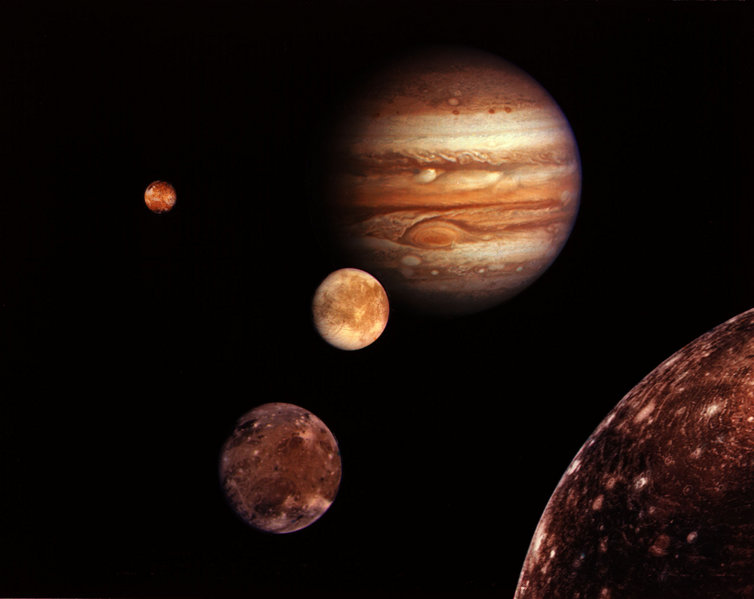
|
|
1664
|
Robert Hooke Gregorian Reflecting Telescope
|

|
|
1781
|
Sir William Herschel's Personal 7 foot Reflector
discovered Uranus on March 13, 1781.
The first discovery of a planet made using a telescope.
(Picture: Uranus seen from Voyager 2 spacecraft)
|
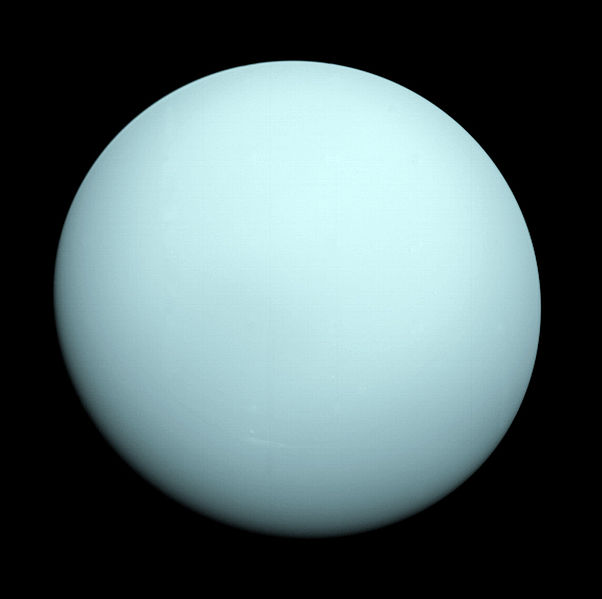
|
|
1845
|
William Parsons, 3rd Earl of Rosse (1800-1867),
built the world's largest telescope in 1845.
Dubbed the Leviathan Telescope, it
discovered Whirlpool Galaxies. It remains
the largest telescope for the rest of the century.
(Picture: a sketch by William Parsons of a
Whirlpool Galaxy)
|
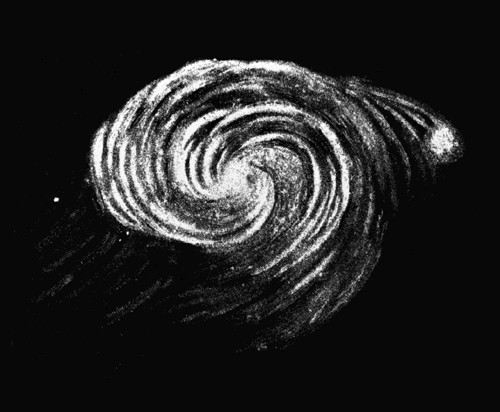
|
|
1846
|
Johann Gottfried Galle (1812-1910), the Berlin Observatory Telescope
with Heinrich Louis d'Arrest, discover the planet Neptune.
on September 23, 1846.
|
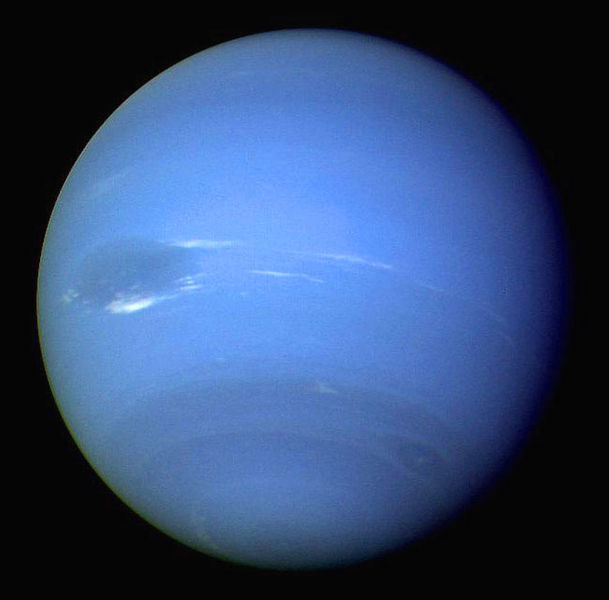
|
|
1925
|
Mount Wilson Observatory, the 100" (2,500mm) Hooker Telescope
discovers Galaxies outside of the Milky Way Galaxy.
This same telescope is used by Edwin Hubble to discover the general
expansion of the universe.
|

|
|
1949
|
At the Palomar Observatory the 200" Hale Telescope
Observes Stellar Evolution
|
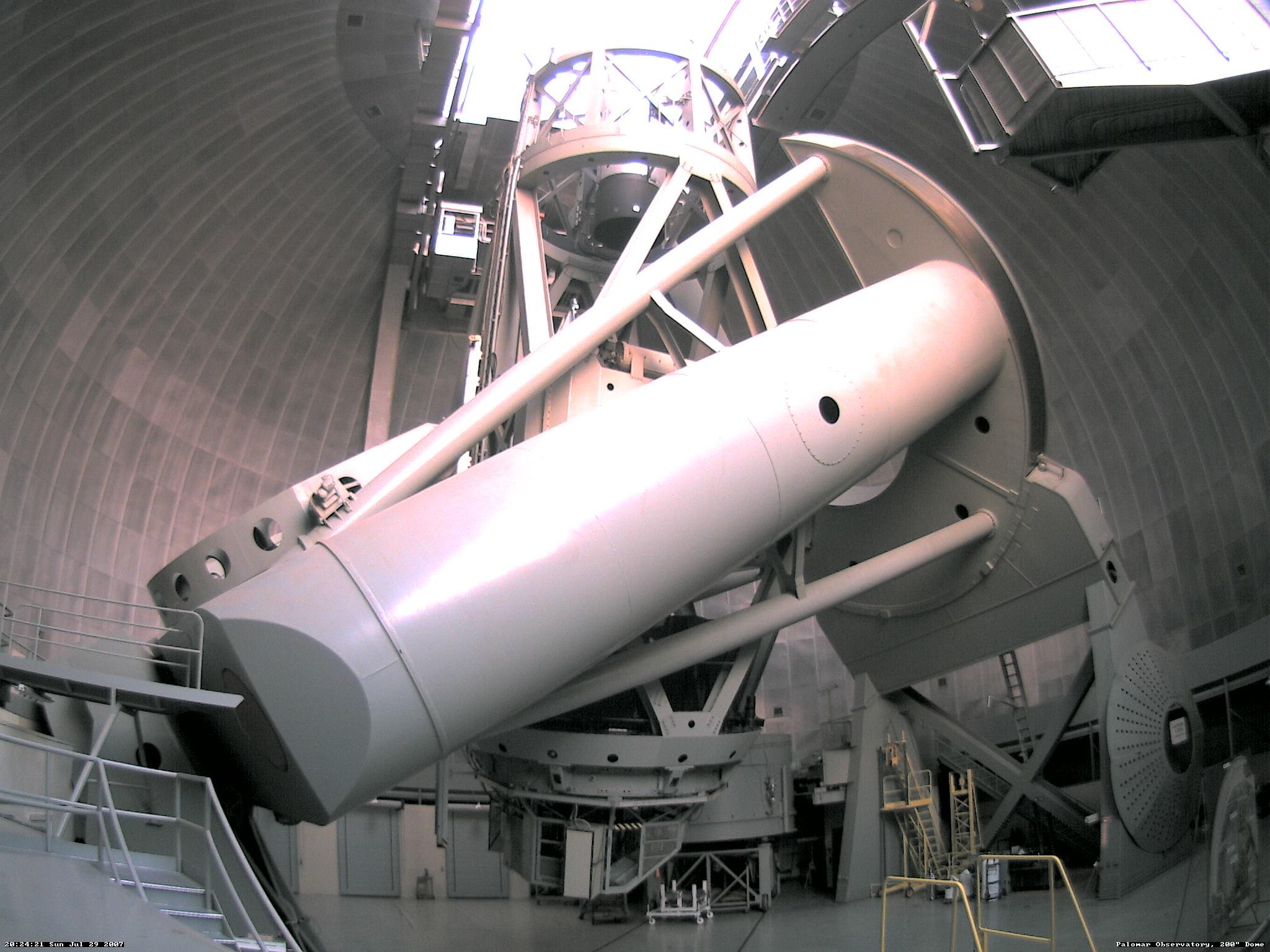
|
|
1965
|
Aricebo, a 305 meter Radio Telescope
discovers the orbital rate of the planet Mercury
|
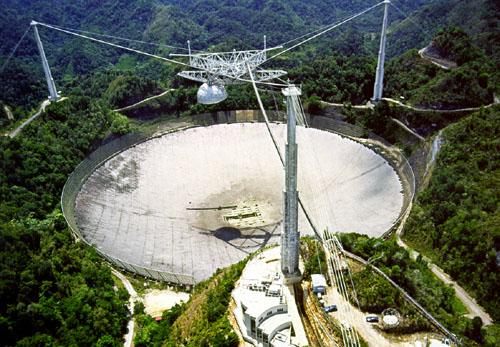
|
|
1989
|
Cosmic Background Explorer (COBE) observes
the Cosmib microwave Background radiation (CMB).
Launched November 18, 1989 at an orbit height of 900.2km (562 mi)
with Diffuse Infrared Background Experiment (DIRBE),
Far-infrared absolute spectrophotometer (FIRAS),
Differential Microwave Radiometer (DMR),
|
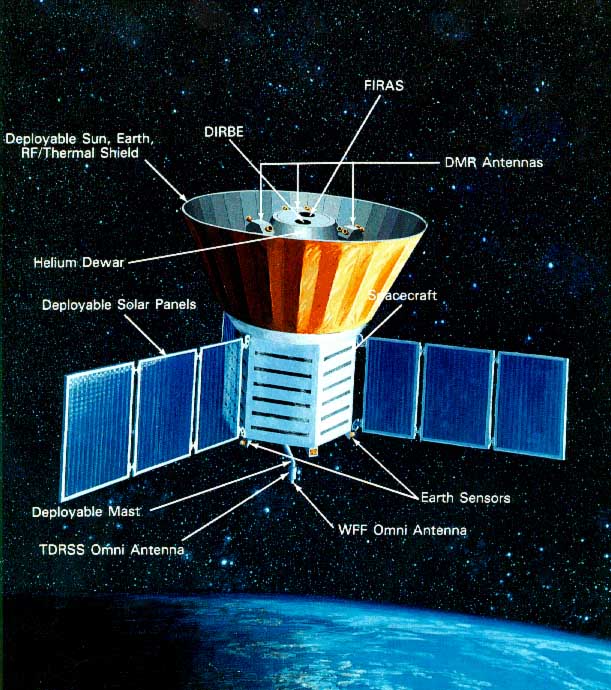
|
|
1992
|
Hubble Space Telescope discovers protoplanetary disk.
|
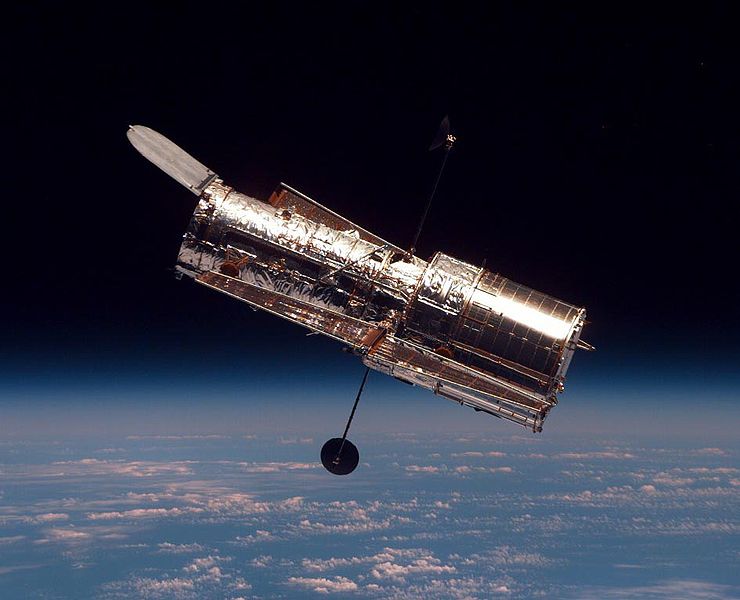
|
|
2005
|
Keck Telescope is a pair of 10 meter telescope
that can be configured to act as a single 85 meter
telescope. It observes Gliese 876d.
|

|
|
2007
|
Linear Binocular Telescope discovers the Hercules Dwarf Galaxy
|
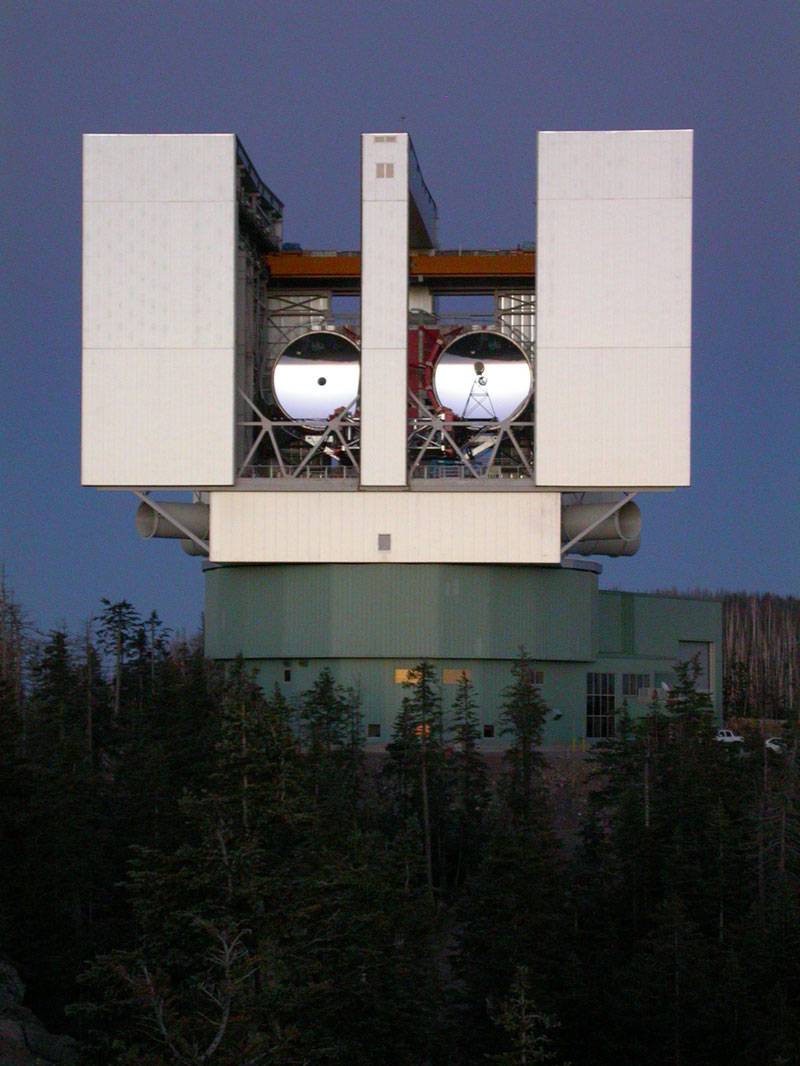
|























